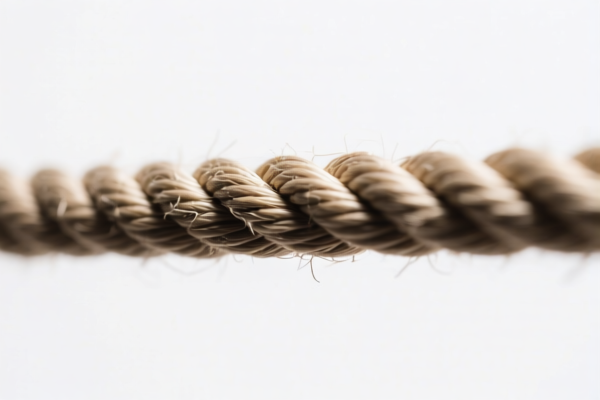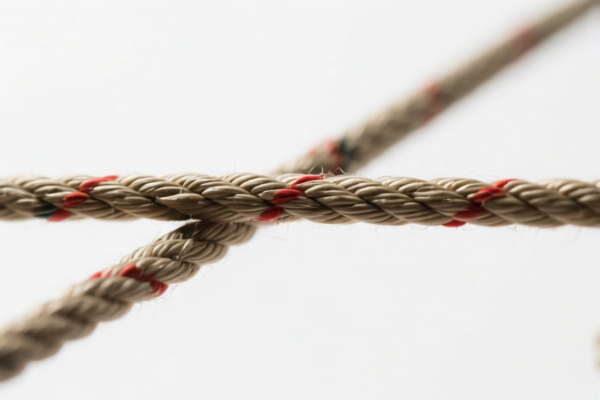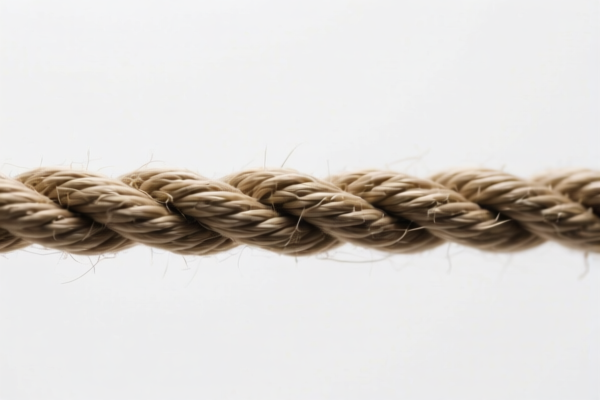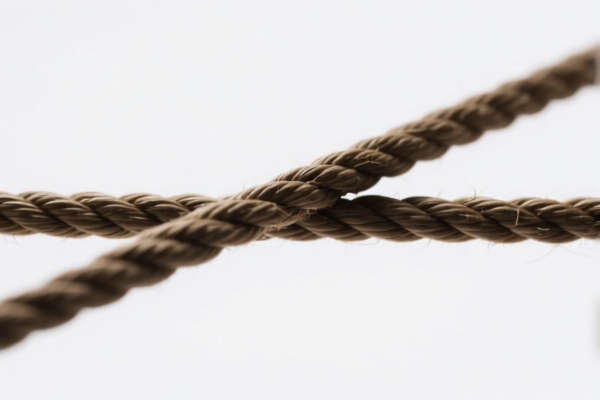| HS Code | Official Doc | Tariff Rate | Origin | Destination | Effective Date |
|---|---|---|---|---|---|
| 6310102030 | Doc | 37.5% | CN | US | 2025-05-12 |
| 6310902000 | Doc | 37.5% | CN | US | 2025-05-12 |
| 6305900000 | Doc | 43.7% | CN | US | 2025-05-12 |
| 6305390000 | Doc | 45.9% | CN | US | 2025-05-12 |
| 3916903000 | Doc | 61.5% | CN | US | 2025-05-12 |
| 3926905900 | Doc | 57.4% | CN | US | 2025-05-12 |
| 3926906090 | Doc | 59.2% | CN | US | 2025-05-12 |




Bondage Rope
Bondage rope, also known as shibari rope, tying rope, or simply rope bondage, refers to the practice of tying individuals together using rope for erotic, artistic, or functional purposes. The ropes used, techniques employed, and overall intent vary widely.
Materials
A diverse range of materials are utilized in bondage rope, each with distinct characteristics affecting its handling, aesthetics, and safety.
- Natural Fibers:
- Hemp: A traditional material, known for its strength, texture, and ability to grip well. It can be rough on skin and may require conditioning.
- Cotton: Softer than hemp, making it more comfortable for extended wear. Lower strength than hemp, requires tighter tying.
- Jute: Similar to hemp in appearance and strength, but generally less expensive. Can be abrasive.
- Sisal: A coarse fiber often used for practice due to its lower cost. Not ideal for skin contact.
- Synthetic Fibers:
- Nylon: Strong, durable, and stretchy. Stretch can be advantageous or disadvantageous depending on the desired effect.
- Polyester: Similar to nylon, but less stretch. Resistant to mildew.
- Polypropylene: Lightweight and buoyant, often used for water play. Lower strength than nylon or polyester.
- Other Materials: Leather, chain, and fabric restraints are also used, though less commonly referred to as "rope."
Purpose and Function
The primary functions of bondage rope are diverse:
- Erotic/Sexual: Used as a component of BDSM (Bondage, Discipline, Sadism, Masochism) practices for arousal, sensation play, and power dynamics.
- Artistic: Shibari, a Japanese art form, utilizes rope as a medium for creating visually striking and often complex body sculptures.
- Functional/Restraint: Historically used for practical restraint, though modern usage is primarily recreational or artistic.
- Performance: Used in stage shows, photography, or other artistic displays.
Usage Scenarios
- Solo Practice: Individuals may practice tying techniques on themselves or inanimate objects.
- Partnered Play: The most common scenario, involving one or more individuals tying and being tied. Requires clear communication and consent.
- Professional Sessions: Individuals may seek out professional riggers for guided sessions or artistic installations.
- Workshops and Classes: Educational settings for learning safe tying techniques and rope handling.
Common Types of Ties
Numerous ties exist, categorized by their complexity, aesthetic appearance, and intended function.
- Single Column Tie: A fundamental tie forming the basis for many other techniques.
- Double Column Tie: Provides greater security and stability than a single column tie.
- Hishi: A decorative tie resembling a diamond shape.
- Butterfly Tie: Visually appealing and relatively simple to execute.
- Chest Harness: A complex tie securing the chest and shoulders.
- Suspension Ties: Advanced techniques involving suspending an individual in the air. Requires significant training and safety precautions.
- Restraint Ties: Ties designed to limit movement, often used in BDSM scenarios.
Safety Considerations
Bondage rope practices inherently carry risks. Prioritizing safety is paramount.
- Communication: Establish a safe word and maintain open communication throughout the session.
- Proper Training: Learn tying techniques from qualified instructors.
- Anatomy Awareness: Understand the potential risks of nerve compression, restricted blood flow, and suspension injuries.
- Emergency Release: Be proficient in quick release techniques.
- Supervision: Never tie someone without a designated safety person present.
- Rope Condition: Regularly inspect ropes for wear and tear.
- Avoid Prolonged Restriction: Limit the duration of ties to minimize the risk of injury.
Based on the provided information, “bondage rope” can be classified under several HS codes, depending on its material and specific characteristics. Here's a breakdown:
- 6310102030: Used or new rags, scrap twine, cordage, rope and cables, and worn out articles of twine, cordage, rope or cables, of textile materials: Sorted: Other Other. This code applies to ropes made of textile materials, whether used or new, and includes sorted scrap twine and cordage. The total tax rate is 37.5% (0.0% basic tariff, 7.5% additional tariff, and 30% additional tariff after April 2, 2025).
- 6310902000: Used or new rags, scrap twine, cordage, rope and cables, and worn out articles of twine, cordage, rope or cables, of textile materials: Other: Other. This code also covers ropes made of textile materials, but applies to those not specifically sorted. The total tax rate is 37.5% (0.0% basic tariff, 7.5% additional tariff, and 30% additional tariff after April 2, 2025).
- 3916903000: Monofilament of which any cross-sectional dimension exceeds 1 mm, rods, sticks and profile shapes, whether or not surface-worked but not otherwise worked, of plastics: Of other plastics: Other: Other: Monofilament. If the “bondage rope” is made of plastic monofilament exceeding 1mm in cross-section, this code applies. The total tax rate is 61.5% (6.5% basic tariff, 25.0% additional tariff, and 30% additional tariff after April 2, 2025).
It is important to determine the material composition of the “bondage rope” to select the correct HS code. If the rope is made of textile materials, either 6310102030 or 6310902000 would be appropriate, depending on whether it is sorted or not. If it is made of plastic monofilament exceeding 1mm, 3916903000 would be the correct choice.
Customer Reviews
No reviews yet.